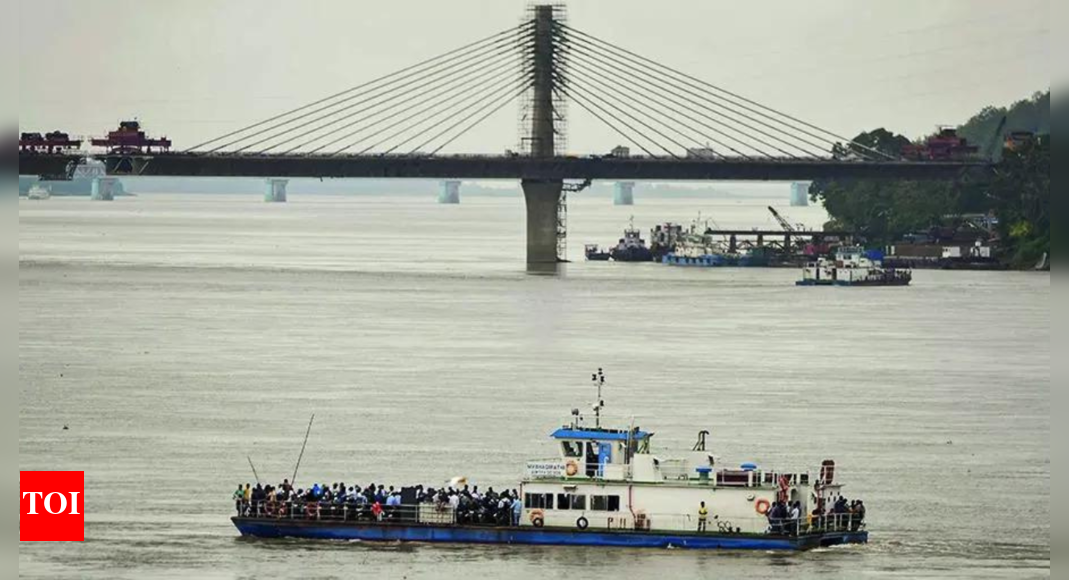Assam CM Challenges Pakistan’s Water Scare Tactics: The Truth About India’s Brahmaputra River
Pak Army Chief’s Gripping Warning on Indus Waters: Can India Afford to Ignore It?
In a recent statement that sent ripples across Indo-Pak relations, Pakistan’s Army Chief General Syed Asim Munir issued a chilling warning to India regarding the Indus Waters. His declaration, asserting that Islamabad “won’t compromise on red lines,” raises significant questions about water security and geopolitics in a region characterized by heightened tensions. But how valid are these concerns in light of the current geopolitical landscape?
Understanding the Indus Waters Treaty
The Indus Waters Treaty (IWT), brokered by the World Bank in 1960, allocates the waters of the Indus River and its tributaries between India and Pakistan, allowing India to use waters from the eastern rivers (Beas, Ravi, and Sutlej) while Pakistan claims the western rivers (Indus, Chenab, and Jhelum). This agreement has been a cornerstone of water-sharing relations between the two nuclear-armed nations. However, with increasing confrontations and geopolitical maneuvering, the validity of this treaty is presently under scrutiny.
Chief Munir’s Concerns and India’s Response
General Munir’s statements came at a time when the long-standing IWT appears to face unprecedented challenges, not just from India but also concerning China’s potential influence over river systems. With China planning to construct a massive dam on the Yarlung Tsangpo River, which eventually flows into India’s Brahmaputra, fears loom that Pakistan might leverage this situation to put pressure on India, reinforcing Munir’s sentiment regarding red lines.
- General Munir emphasized: “We will not compromise on our water rights.”
- The Pakistani Army views control over these water resources as paramount to national security.
- India’s response has been characterized by confidence, dismissing the warnings as strategic scaremongering.
Debunking the Myths: India’s Water Dependence
In a direct rebuttal to these fears, Assam Chief Minister Himanta Biswa Sarma challenged the narrative of India’s dependence on upstream rivers in his insightful post on social media. He stated that claims of significant water supply risks from China are exaggerated. Sarma presented hard data and expert opinions to reaffirm his standpoint:
- The Brahmaputra River, a critical watercourse for India, is primarily rain-fed and accumulates the majority of its flow within Indian territory.
- Only about 30-35% of the river’s flow originates from China, supplemented by glacial melt and minimal Tibetan rainfall.
- Approximately 65-70% of its flow is generated by heavy monsoon rainfall within India’s northeastern states.
Interestingly, as seasonal floods are a recurring problem in Assam, Sarma noted that if China were to cut off contributions from upstream, it could ultimately lead to reduced flood levels, benefiting the region. Such insights assert India’s resilience in managing its water resources effectively, backed by strategic governance.
Expert Opinions Align with Sarma’s Views
This confidence in India’s water management was echoed by water governance experts, including Nilanjan Ghosh from the Observer Research Foundation. Ghosh argued that any upstream alterations from China would have a negligible effect on the overall flow to India. Even during dry periods, the outflow from Yarlung Tsangpo remains significantly lower than the total outflow of Brahmaputra in India.
Uttam Sinha, a senior fellow at the Institute for Defence Studies and Analyses (IDSA), reinforced this opinion with extensive research findings. He emphasized the importance of India developing capacity in terms of storage facilities and flood management, rather than succumbing to fears of dependency.
Strategic Implications for South Asia
As the geopolitical chessboard shifts, the dynamics between India, Pakistan, and China necessitate a deeper understanding of water politics in South Asia. China’s dam-building plans, paired with Pakistan’s aggrieved posture, aim to create a narrative that isolates India in water-related negotiations. Experts contend that these tactics are classic examples of Chinese and Pakistani collaboration to exert pressure on India.
Considering these strategic movements, it’s essential for India to continue reinforcing its water security measures while remaining vigilant against any attempts of coercive diplomacy. As Anjal Prakash from the Indian School of Business aptly pointed out, India is capable of ensuring its water resilience and maintaining strategic independence despite external pressures.
Conclusion: A Call for Vigilance and Cooperation
In conclusion, while General Munir’s warnings about the Indus Waters might resonate for many in Pakistan, India’s robust data, expert opinions, and strategic insights suggest a different narrative. Rather than being crippled by fears of water dependency, India appears well-positioned to navigate these challenges. The focus must remain on innovation in water management, international cooperation, and an unwavering commitment to securing its vital water resources. Ultimately, dialogue and diplomacy remain essential in balancing historical grievances with modern geopolitical realities.






